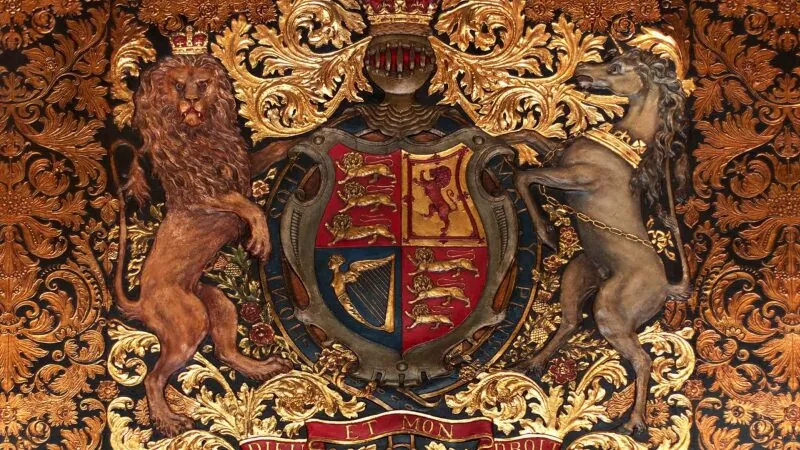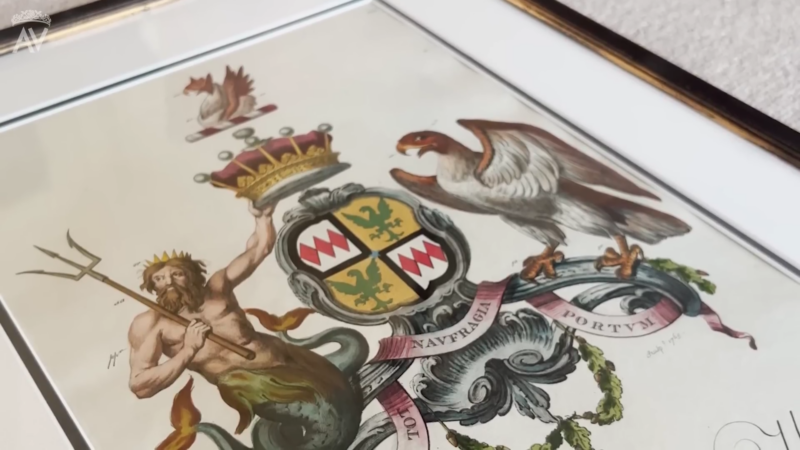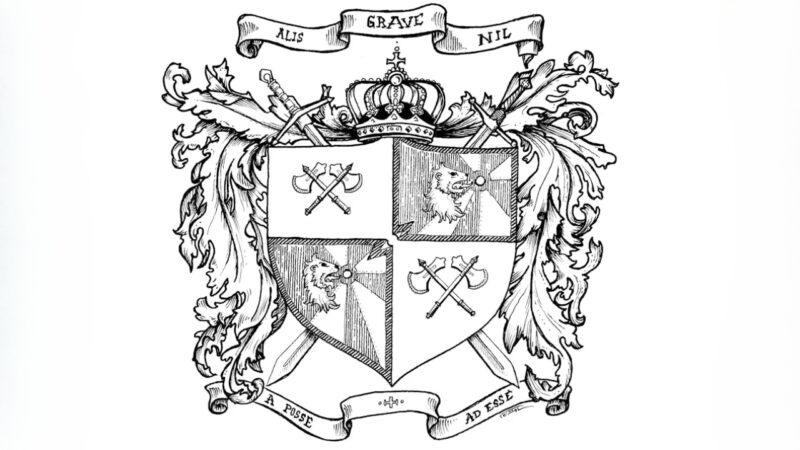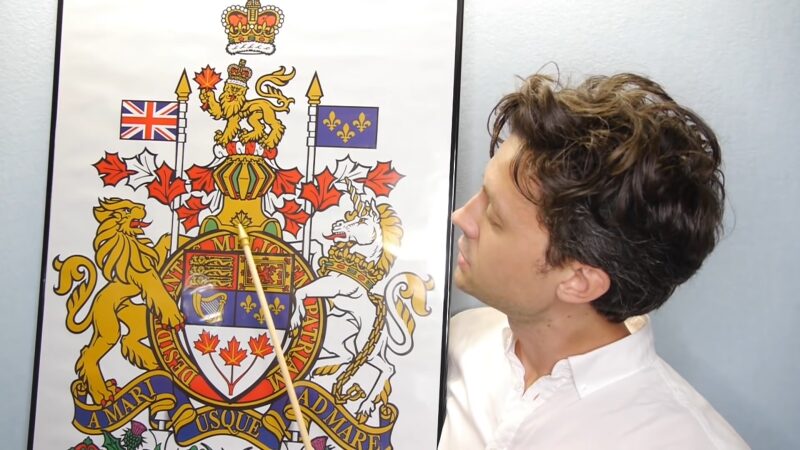Coats of arms are emblems rich with history and personal significance, symbolizing the heritage and identity of families through generations. For many, confirming an ancestral coat of arms isn’t just a genealogical pursuit — it’s a legal affirmation of family history.
Here, we provide a comprehensive guide to navigating the legal steps to confirm your family’s coat of arms, ensuring you uphold the authenticity and honor of this heraldic tradition.
Coats of Arms
Definition and Historical Context
A coat of arms is an unusual heraldic design on a shield or escutcheon used to identify individuals, families, or institutions. Historically, these symbols were granted by sovereigns and used on battlefields for identification. Over time, they became significant lineage markers, often passed down through generations.
Components of a Coat of Arms
Typical elements of a coat of arms include:
- Shield: The central part displays the primary design.
- Helmet: Positioned above the shield, indicating rank.
- Crest: The figure atop the helmet.
- Motto: A phrase expressing the family’s philosophy or values.
Each symbol and color carries specific meanings, reflecting personal or familial traits and achievements.
Initial Research

Gathering Family Records
The journey begins with collecting as much information as possible from family records. Important documents may include wills, deeds, birth certificates, and family bibles. Oral histories from older relatives can also provide valuable clues.
Online and Offline Resources
Leverage online genealogical databases and websites dedicated to heraldry—libraries and national archives house extensive historical records that can aid your search. Visiting heraldic societies can provide expert insights and access to specialized resources. Additionally, sites like Lawrina offer legal documents and guides that can help you understand the complexities of heraldic law.
Lawrina provides access to a wealth of legal articles and documents, making it easier to understand and follow the required steps to confirm your coat of arms. Their expert advice can be beneficial in interpreting the legal requirements and documentation necessary for your heraldic research, including how to properly handle legal documents such as certificates of arms and grants of arms.
Consulting with Family Members
Engage with relatives to piece together your family’s heraldic history. They might possess forgotten documents or knowledge about your family’s heraldic traditions.
Legal Frameworks for Heraldic Confirmation
National Heraldic Authorities
Different countries have heraldic authorities, such as the College of Arms in England, the Court of the Lord Lyon in Scotland, and similar institutions worldwide. These bodies regulate the granting and confirmation of coats of arms, ensuring each is unique and historically accurate.
Legal Requirements
Each heraldic authority has specific requirements for confirming a coat of arms. This usually involves proving direct descent from the original grantee by providing thorough documentation.
Engaging Professional Services

Heraldic Researchers and Genealogists
Hiring a professional heraldic researcher or genealogist can significantly streamline the process. These experts are skilled in navigating archives and interpreting heraldic symbols, increasing the chances of successfully confirming your coat of arms.
Legal Advisors
Legal professionals specializing in heraldry can offer invaluable advice on preparing your petition and ensuring it meets all necessary legal standards. They can help protect your rights to the coat of arms and guide you through legal complexities.
Submitting a Petition for Confirmation
Preparing the Application
When you’re ready to submit your petition, prepare a comprehensive application with all necessary documentation, genealogical charts, and supporting evidence. A well-prepared application demonstrates your severe intent and thorough research.
Fees and Costs
Understand that fees are usually associated with the application process. These fees can vary depending on the heraldic authority and the complexity of your claim. Be prepared for potential costs, including professional services and administrative expenses.
Application Review Process
Once presented, your application will undergo a review process. This typically involves a detailed examination by heraldic officers, who will verify the accuracy of your documentation and ensure that the coat of arms complies with heraldic laws. The review timeline can vary, so patience is essential.
Post-Confirmation Steps
Documentation and Proof

Upon successful confirmation, you will receive official documents certifying the authenticity of your coat of arms. Ensure these documents are stored securely.
Updating Family Records
Incorporate the newly confirmed coat of arms into your family tree and records. Share this information with family members to preserve the heraldic heritage and educate future generations about their lineage.
Legal and Ceremonial Uses
Learn the correct ways to display and use your confirmed coat of arms. This might include family stationery, home decor, or ceremonial objects. Respecting the legal protections and rights associated with your heraldic emblem is essential.
Maintaining Heraldic Integrity
Ensuring the proper use of a confirmed coat of arms is vital for maintaining heraldic integrity. Improper or unauthorized use of these symbols can lead to legal disputes or diminish the historical significance of the emblem. Each heraldic authority outlines specific guidelines on how coats of arms should be displayed.
Adhering to these guidelines not only respects the historical and cultural value of heraldic traditions but also protects your family’s rights. Misrepresentation or misuse could result in legal action from heraldic authorities or other parties who claim rights to similar designs.
Educational and Community Engagement
Beyond the legal and ceremonial aspects, confirmed coats of arms can serve as educational tools. Families can use their coat of arms to teach younger generations about their heritage and the importance of their family history.
Community events, such as local heritage fairs or family reunions, provide platforms for showcasing these heraldic symbols. By actively engaging in community events, families contribute to the preservation of heraldic knowledge and tradition, ensuring that these symbols continue to carry meaning and respect in modern society.
Conclusion
Confirming an ancestral coat of arms is a meaningful endeavor that connects you to your family’s history and honors your heritage. By following these legal steps and seeking professional guidance, you can ensure the authenticity and protection of your family’s heraldic symbols.
Essay on this journey with confidence, knowing you are preserving a significant piece of your lineage for future generations.










